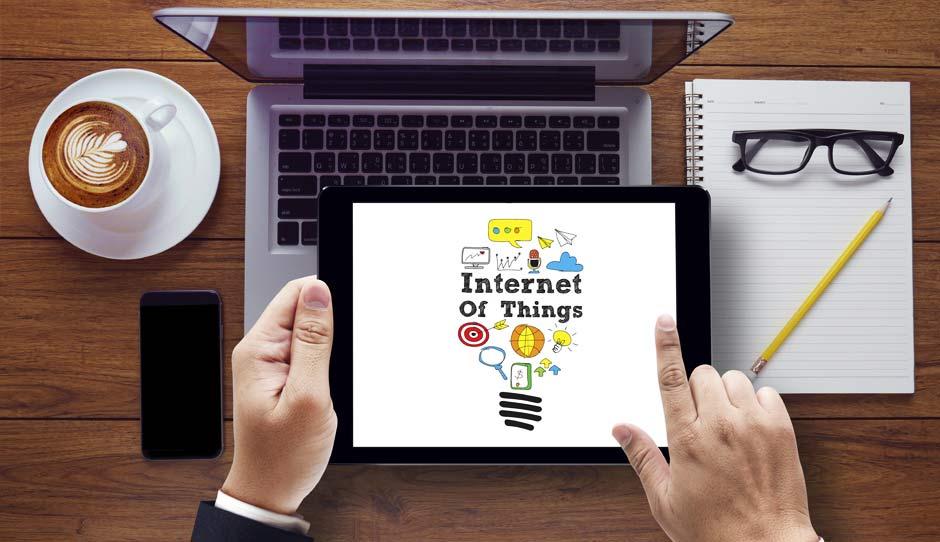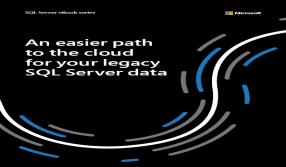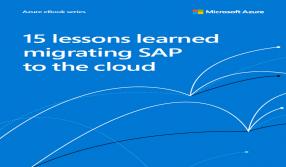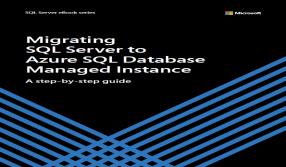Does ‘Disruption’, apply to your workforce?
- BY MYB
 In Manage & Grow
In Manage & Grow 3929
3929 0
0

You are holidaying on the remote beaches of Thailand with your family. Your assistant calls to tell you of an urgent contract that requires your signed approval. What do you do in a place where there are no printers, no scanners but just water and sand? Well, you obviously use the scanner app on your mobile. Just a few hassle-free clicks and you are back to enjoying yourself.
Mobile phones have transformed the way we click pictures, listen to music, and use navigation on maps or even literally, the way we use flashlights. This change in business jargon is nothing but ‘disruption’ brought on by digitization.
The digitisation movement is virtually taking every industry by storm. Just as storms alter the landscape, digitization is transforming the face of industries in the most unimaginable ways possible. Look no further than Uber and Airbnb to see how radically and quickly digitization can bring change. So, where does HR stand in this movement? Not at the top rung of the ladder for sure but, definitely at the cusp of a great change.
Employee recruitment, engagement, motivation, training, retention and administrative compliances are some of the traditional HR functions. Digitization is redefining the future of HR functions by moving them to real-time in a thoughtful way.
Large companies and even start-ups are focussing on the following, which can truly impact and change HR from within, in 2016.
- Integrated consolidated platform–This combines all HR activities under one integrated portal. This allows a single view of the workforce and ability to automate processes. For example, apps that manage time and attendance automatically, deliver on-demand video learning to participants in new projects, or send update messages to teams when a colleague is running late for a meeting. This will redefine the employee experience, make work easier, real-time and more productive.
- Employee Analytics - This clearly measures the effectiveness of HR initiatives and the impact they have on the organization. Analytics can also help HR leaders understand trends and take a more predictive approach to matching talent to business requirements.
- Mobile and Social Media – These help with training, recruitment, alerts, communication, profile management, and shared goals.
- Cloud Computing – This is responsible for streamlining, maintaining, improving and delivering end-to-end talent management tools.
There has been significant traction in the area of recruitment as well. For example, the adoption of LinkedIn Recruiter to quickly and easily identify qualified and willing candidates for specific jobs, has been strong. This is just a marginal improvement though. The paradigm shift in recruitment will come only when the power of machine learning (systems that can make sense of vast volumes of data) is leveraged to reduce time to vet candidates with the appropriate skills and experience and maximize the probability of a successful hire.
Every change comes with its drawbacks. In this case, automation can reduce the flab of HR staff. However, the role of humans can never become obsolete but only more strategic. It is important to understand that digitization is not killing HR. It is only redefining it so that it can become more employee-centric.











